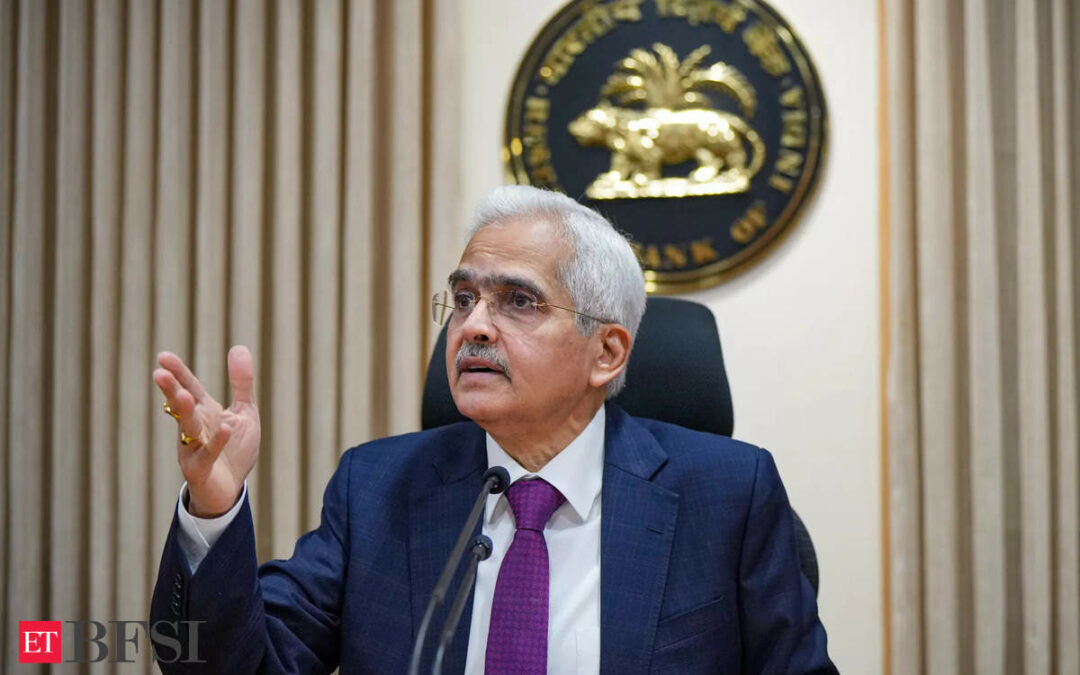The Reserve Bank of India has projected the country’s real GDP growth at 7.2 per cent for fiscal 204-25 on buoyant domestic economy, consumption demand and healthy bank balance sheets.
“Real GDP growth for 2024-25 is projected at 7.2 per cent, with Q1 at 7.1 per cent; Q2 at 7.2 per cent; Q3 at 7.3 per cent; and Q4 at 7.2 per cent. Real GDP growth for Q1:2025-26 is projected at 7.2 per cent. The risks are evenly balanced,” RBI governor Shaktikanta Das said in his Monetary Policy Statement.
The RBI has slightly moderated the growth projection for Q1 of the current year in relation to the June 2024 projection. Das said this was primarily due to updated information on certain high frequency indicators which show lower than anticipated corporate profitability, general government expenditure and core industries output.
Monsoon hopes
On the supply side, steady progress in south-west monsoon, higher cumulative kharif sowing, and improving reservoir levels augur well for the kharif output. The likelihood of La Niña conditions developing during the second half of the monsoon season is likely to have a bearing on agricultural production in 2024-25. Manufacturing activity continues to gain ground on the back of improving
domestic demand. The index of industrial production (IIP) growth accelerated in May 2024. Purchasing managers’ index (PMI) for manufacturing at 58.1 in July remained elevated. Services sector maintained buoyancy as evidenced by the available high frequency indicators. PMI services stood strong at 60.3 in July 2024, and is above 60 for seven consecutive months, indicating robust expansion.
Demand stays strong
On the demand side, household consumption is supported by a turnaround in rural demand and steady discretionary spending in urban areas. Fixed investment activity remained buoyant, amid government’s continued thrust on capex and other policy support. Private corporate investment is gaining steam on the back of expansion in bank credit. Merchandise exports expanded in June, although at a slower pace. Expansion in non-oil-non-gold imports accelerated reflecting resilience of domestic demand. Services exports recorded double digit growth in May 2024 before moderating in June.
“Looking ahead, improved agricultural activity brightens the prospects of rural consumption, while sustained buoyancy in services activity would support urban consumption. The healthy balance sheets of banks and corporates; thrust on capex by the government; and visible signs of pick up in private investment would drive fixed investment activity. Improving prospects of global trade are expected to aid external demand,” Das said.
The spillovers from protracted geopolitical tensions, volatility in international financial markets and geoeconomic fragmentation, however, pose risks on the downside, he warned.











